Delhi – The City of Monuments
We in India, have been reading about the historical monuments in India right from our Childhood and it was good to visit those during our trip to the capital city as part of our trip to Uttarakhand, Agra and Delhi. We split the site seeing across two days, the day we landed and the day we were travelling back. Reached Delhi around 2pm and the cab driver came to the airport to pick us up. Visited Qutub Minar, Lotus Temple, India Gate(Kartavya path) and Rashtrapathi Bhavan(From outside) in the evening. And while coming back visited Humayun’s Tomb, Jantar Mantar, Red Fort, Chandni Chowk, Raj Ghat and Akshardham temple.
Qutub Minar: Qutub Minar was built in phases by Qutbuddin Aibak and his successor Iltutmish and completed in the year 1200 CE. It has a diameter of 14.32 m at the base and 2.75 m on the top with a height of 72.5 m. The first storey was constructed by Qutbuddin Aibak and the rest 3 by Iltutmish. However the fourth storey was dismantled by Firuz Shah Tughlaq after it was struck by lightning. It was replaced by Major Robert Smith in 1829 CE by a Chhatri. It was later removed by Lord Harding as it was not matching with the original structure. It stands in the lawns of Qutb Complex. Other monuments in the complex are Quwwatul Islam Mosque and The tomb of Iltutmish.
It also houses the famous Iron pillar which bears a Sanskrit inscription in Gupta period Brahmi Script. It is 7.2 meters tall and 93 cms is buried below the ground. The pillar is believed to have been brought here from some where else as there are no other relics from the fourth century. It has not rusted much in it’s existence of 1600 years and shows the metallurgical skill of ancient Indians.
There is an entry ticket of Rs.40/-(35/- if paid digitally) for Indian citizens above 15 years and 600/-(550/- if paid digitally) for Foreigners.
Timings : 7 am to 5pm
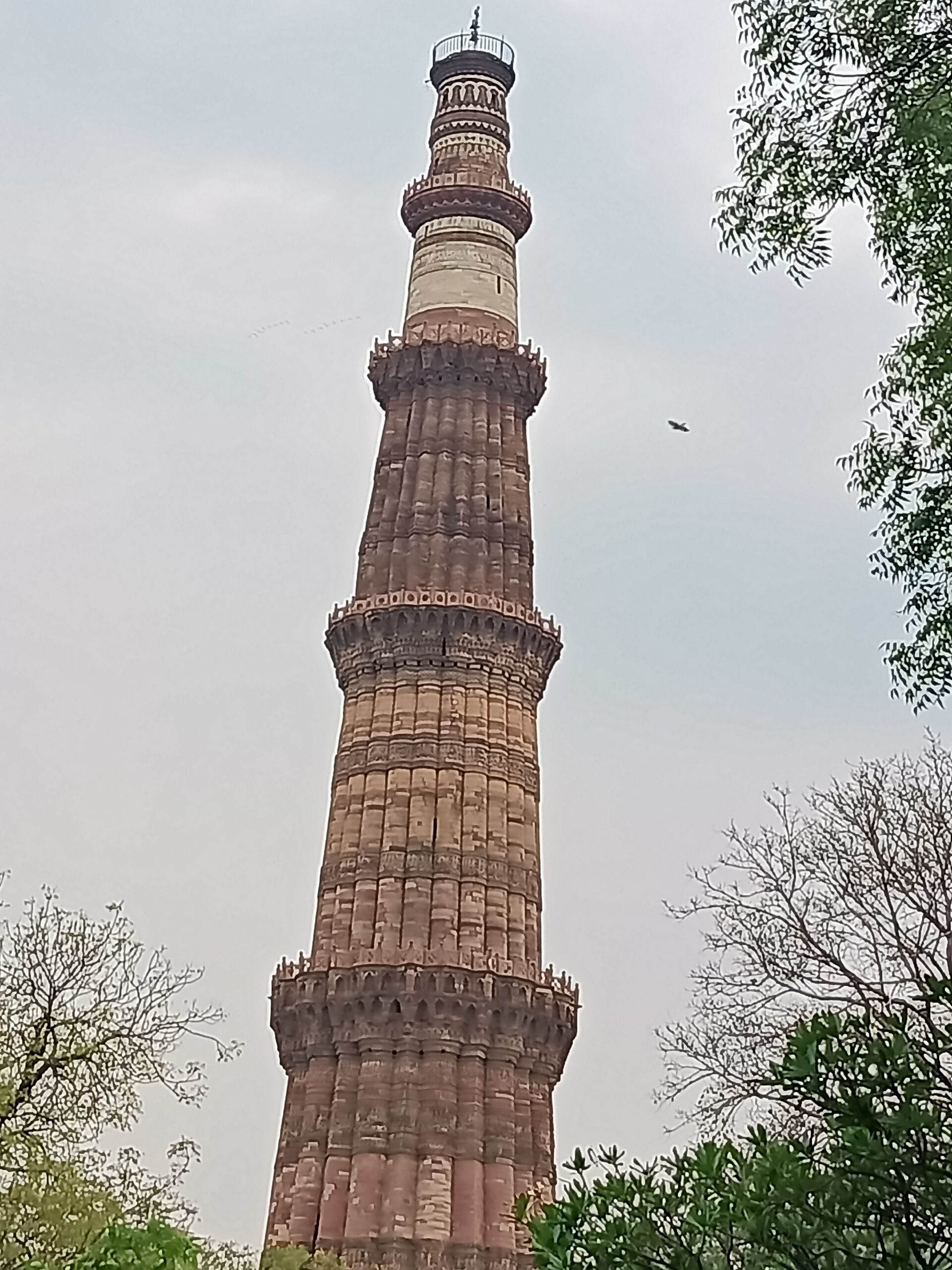
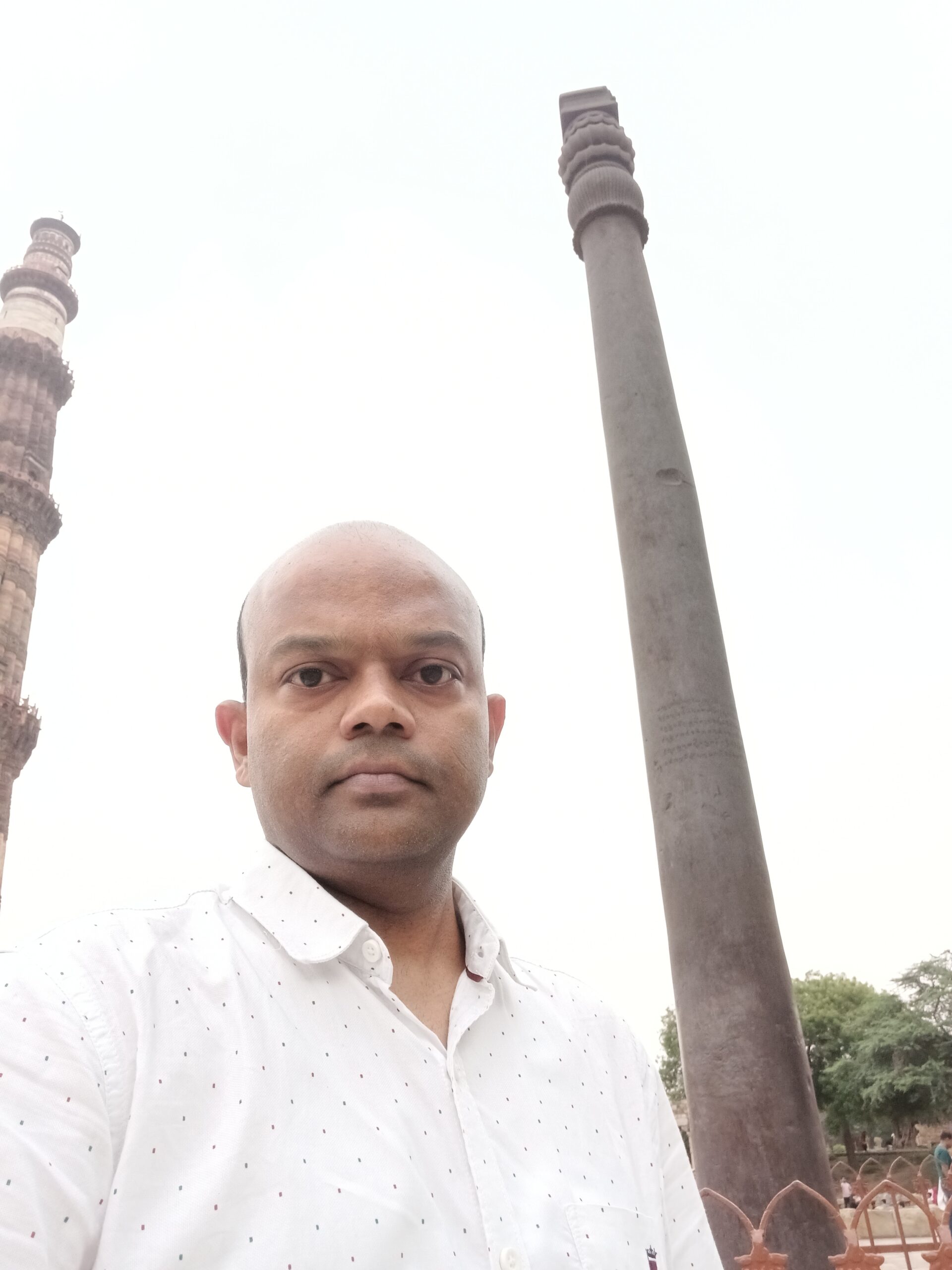
Lotus Temple: Lotus temple is a Bahai House of Worship and a place for prayer and meditation for the people of all religions and races. It was opened in December 1986 and is the last of seven Major Bahai’s temples built around the world. It is spread across 26.5 acres and consists of the main House of Worship, the ancillary block which houses the library, conference hall and the administrative building. There are pools around the lotus temple to depict the floating Lotus. The hall has a seating capacity of 1300 and there are bags provided to carry the footwear. There are no idols or pictures or altars inside the temple. It is open from 9 am to 5.30 pm and closed on Monday.
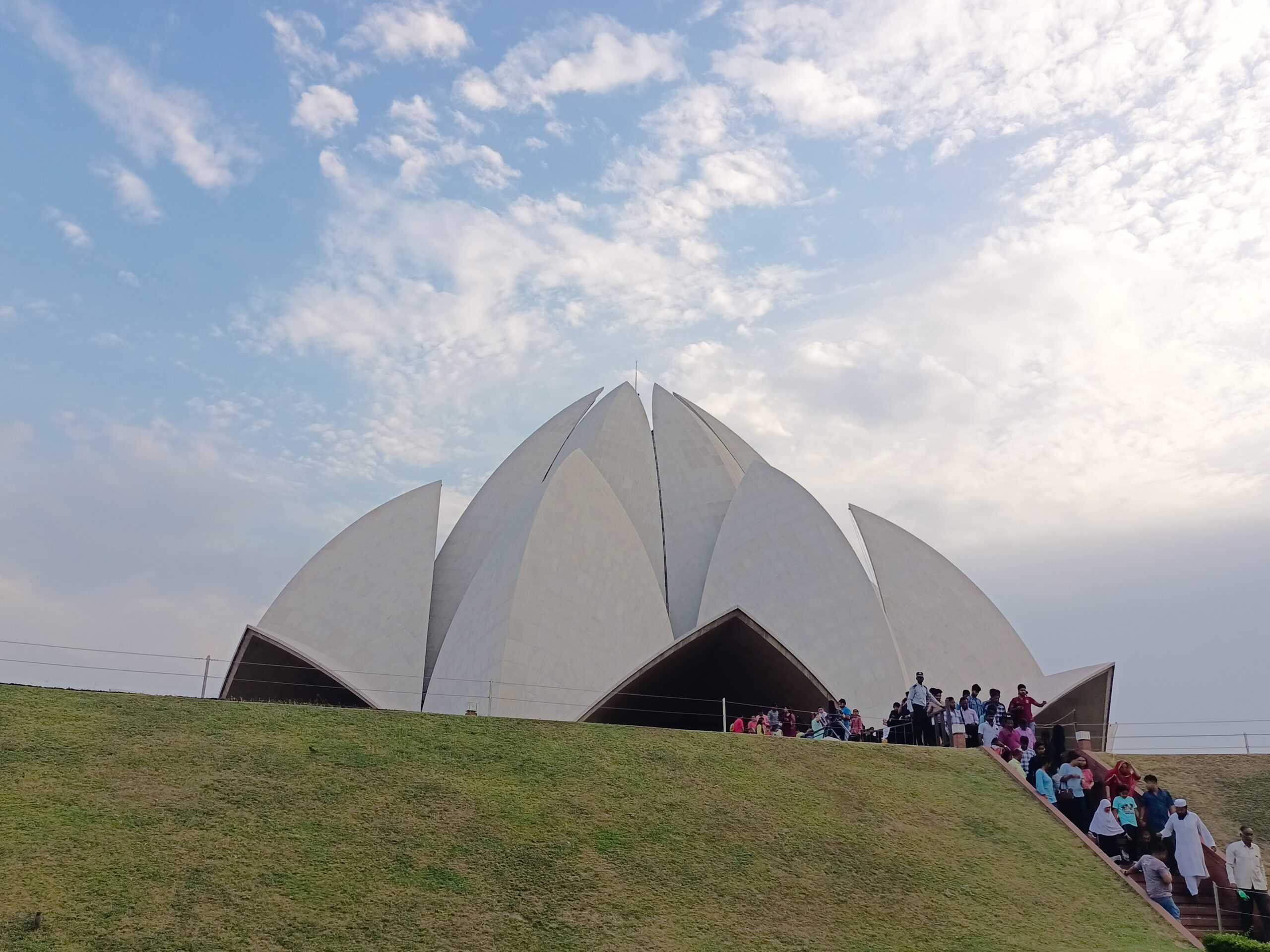
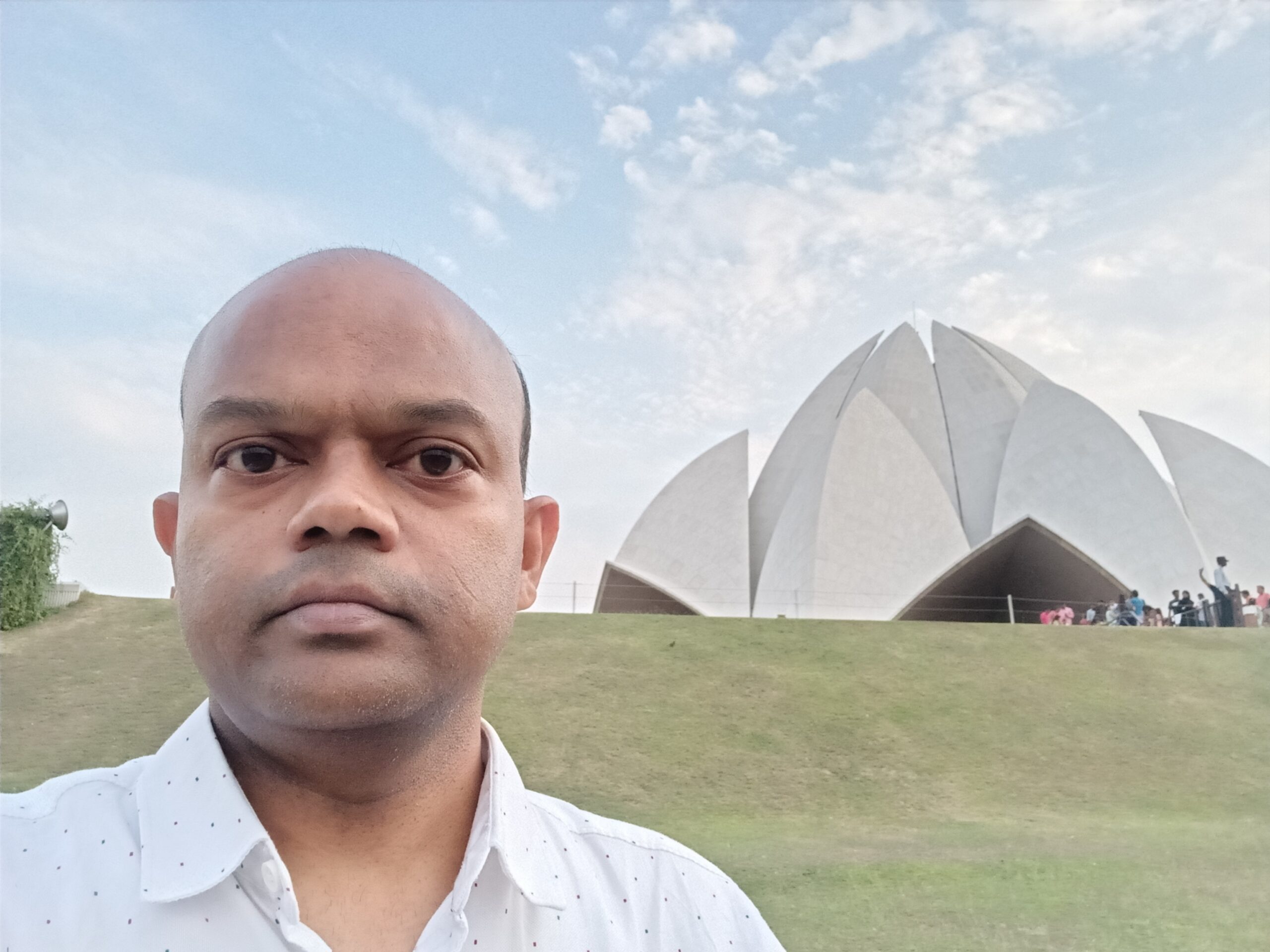
India Gate: India gate is a war memorial located at Kartavya path(formerly called Rajpath). It is 42 m tall and commemorates the 70,000 Indian soldiers who lost their lives fighting for the British Army during the World War I. The memorial bears the names of more than 13,516 British and Indian soldiers killed in the Northwestern Frontier in the Afghan war of 1919. It was designed by Edwin Lutyens and dedicated to the nation in the year 1931. The main structure is surrounded by lawns, fountains and used as picnic area by lot of visitors. It is beautifully lit in the night and open 24 hrs.
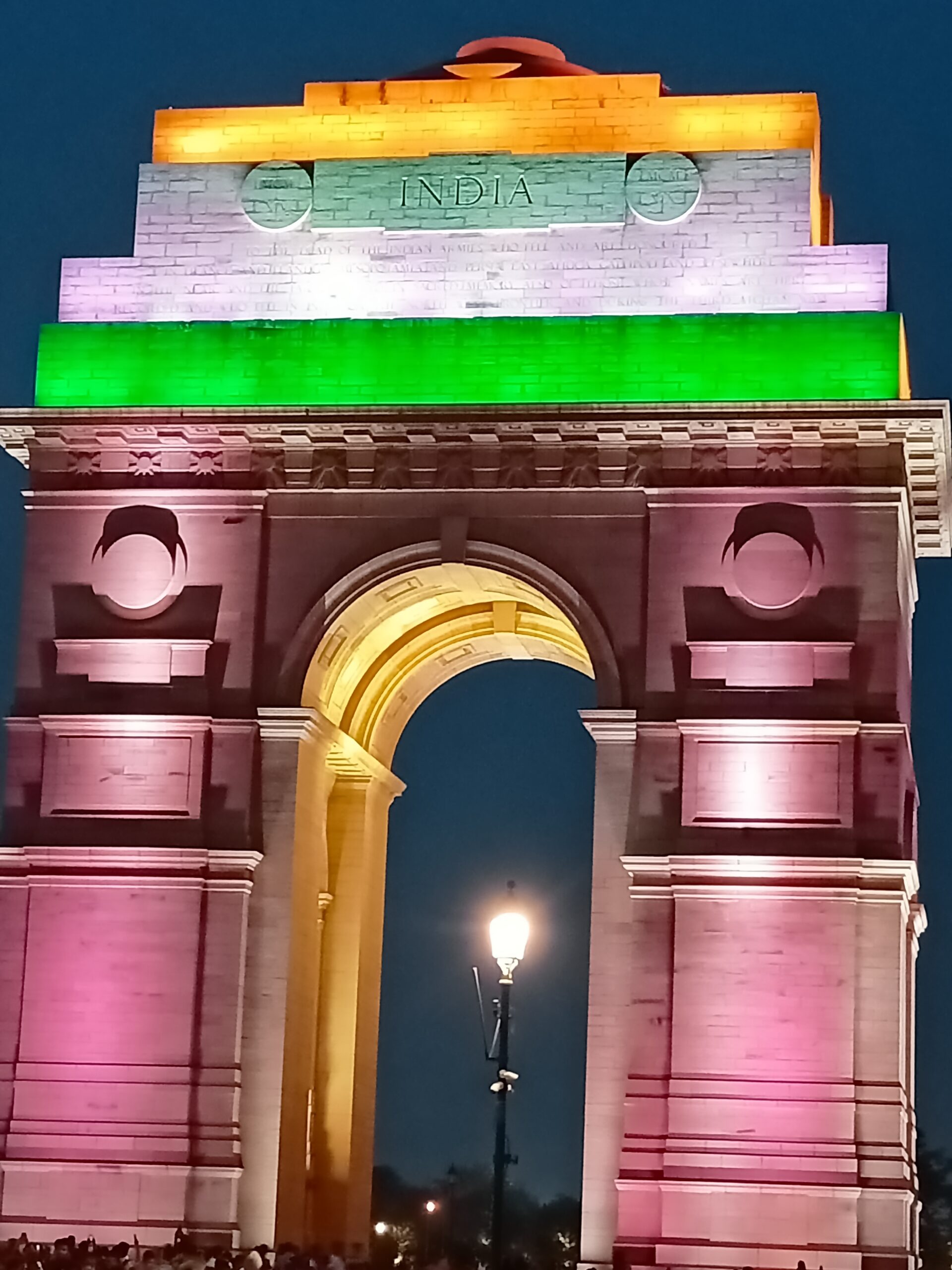
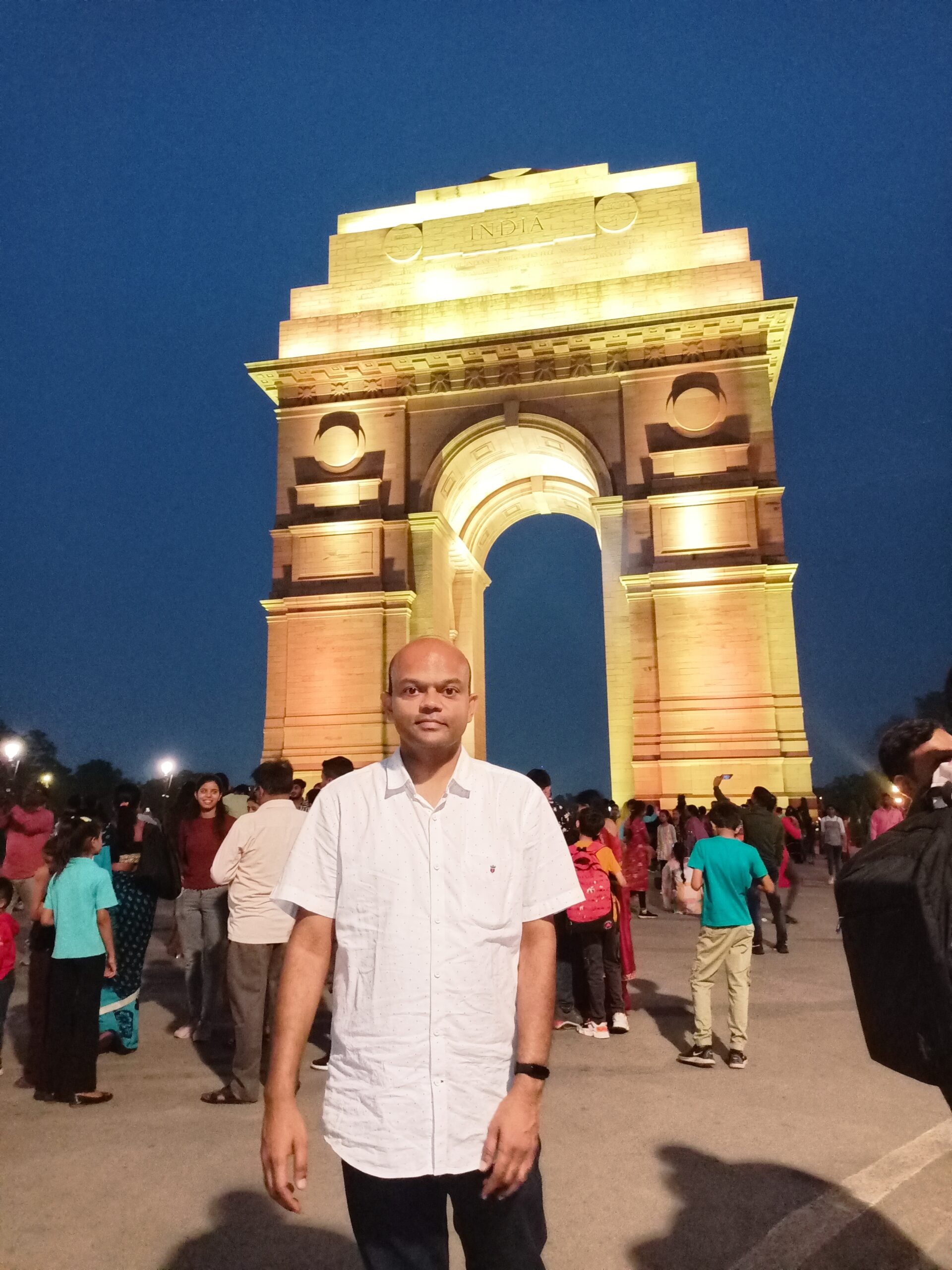
Humayun’s Tomb: It was built nine years after the death of Humayan in 1565 CE by his wife Hamida Banu Begam. It was built much before the Taj Mahal and stands at a height of 47 m on a platform of 12000 sqm. It was the earliest example of Persian architecture in India. There are around 100 graves of Mughal rulers located inside the walled enclosure. The most notable features are the garden squares with pathways water channels. It is inscribed on the UNESCO World Heritage list
It is open from Sunrise to Sunset daily. There is an entry ticket of Rs.40/-(35/- if paid digitally) for Indian citizens above 15 years and 600/-(550/- if paid digitally) for Foreigners.
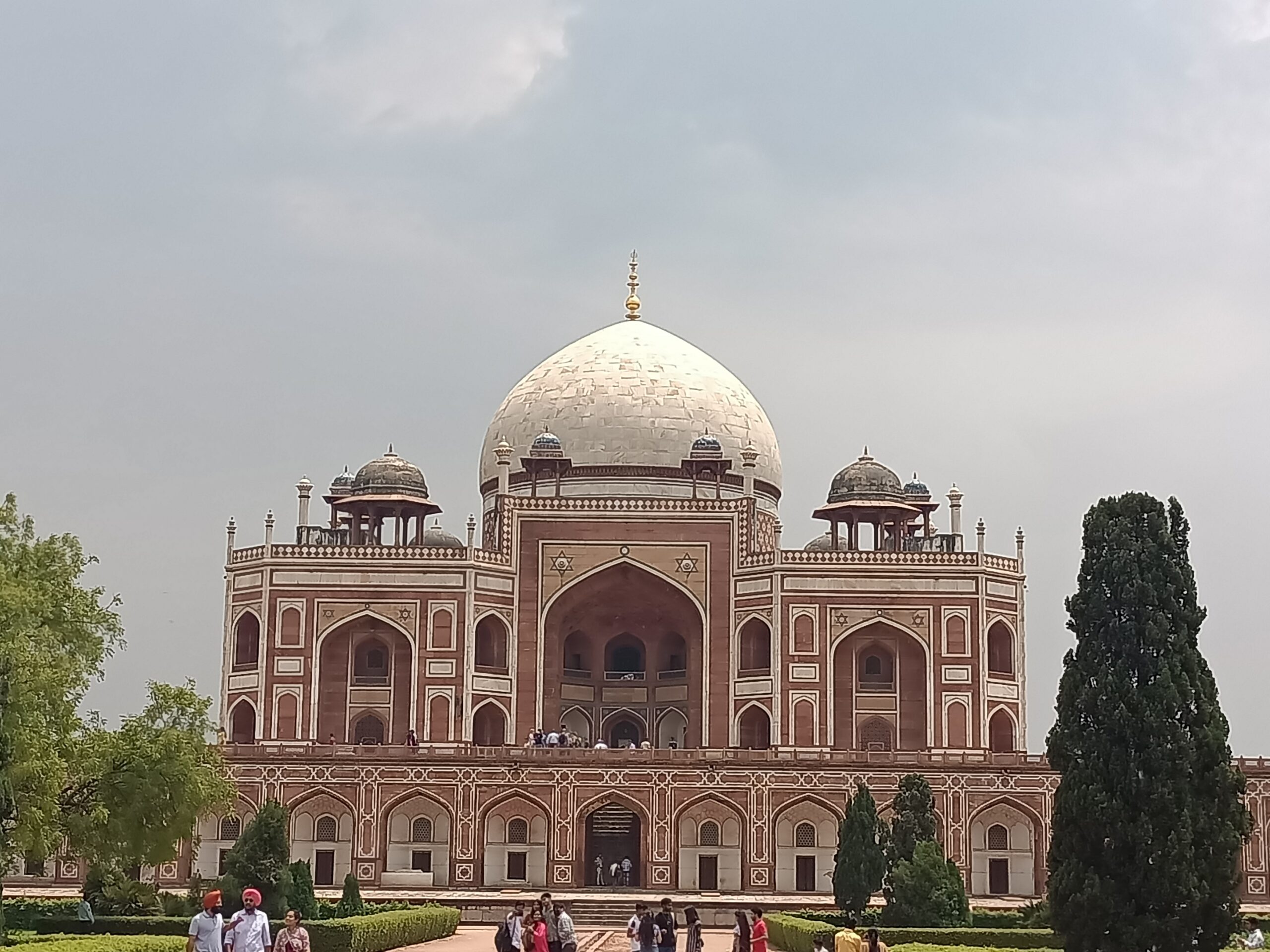
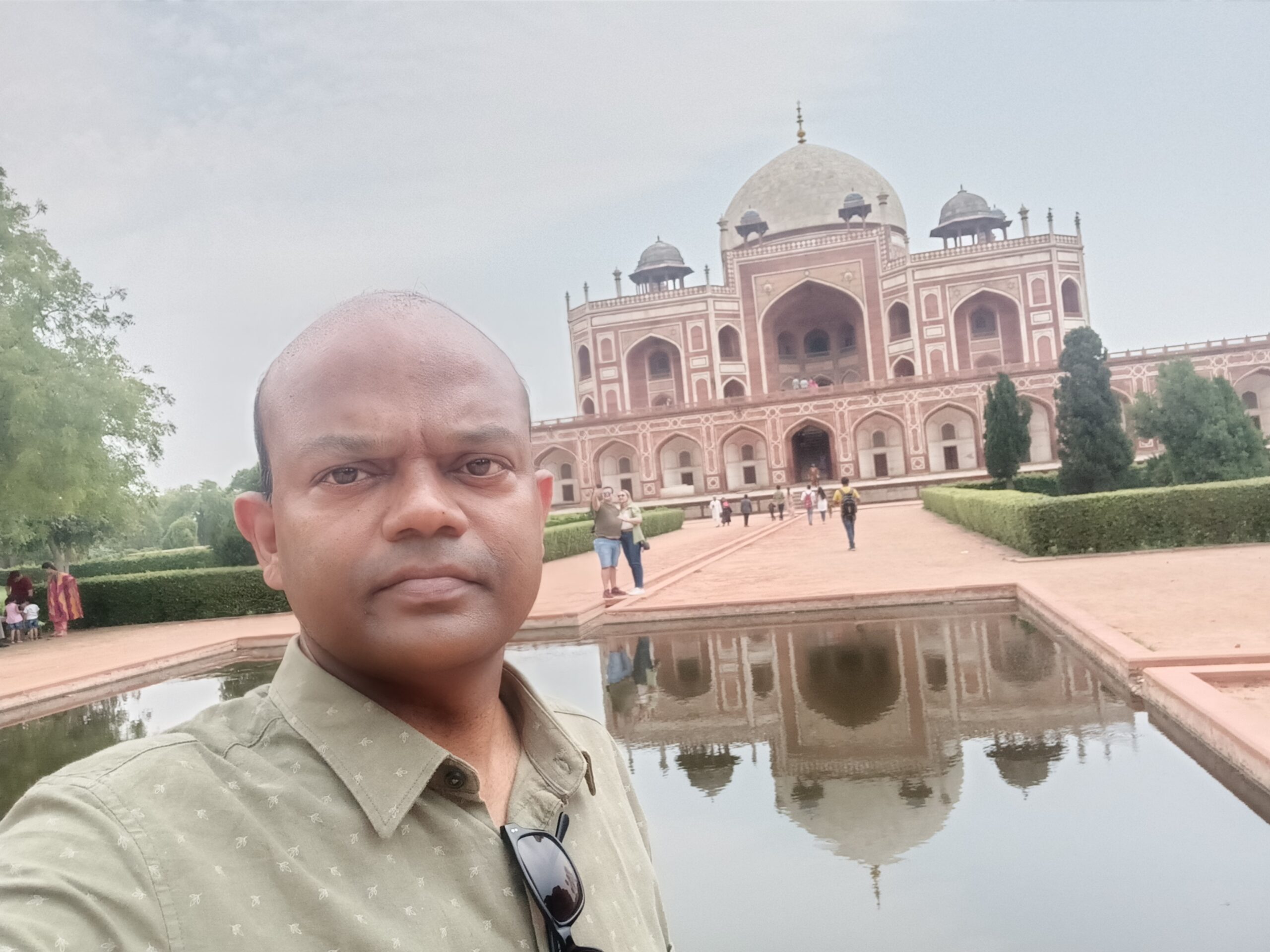
Red Fort: Red Fort, popularly known as Lal Quila, was built by Mughal emperor Shah Jahan in the year 1639. It served as the primary residence for Mughal Emperors for about 200 years until 1856. Besides, the historical monument also served as the political center of the Mughals.It was made on the lines of Shah Jahan’s palace in his fortified capital Shahanabad. It was called Red Fort because of its massive closed walls built in red stone. The palace not only showcases the architectural brilliance but also gives a reasonably good picture glimpse of Islamic architecture of those times. It houses Drum House(Naubat Khana), the Hall of Public Audiences(Diwan i Aam), the white marble Hall of Private Audiences(Diwan i Khaas), Khas Mahal, Rang Mahal, etc. This is the place where India’s Prime Minister hoists the Indian Flag on the Independence Day (15th August) and delivers his speech to the nation. The Red Fort was inscribed to be a UNESCO World Heritage Site in 2007.
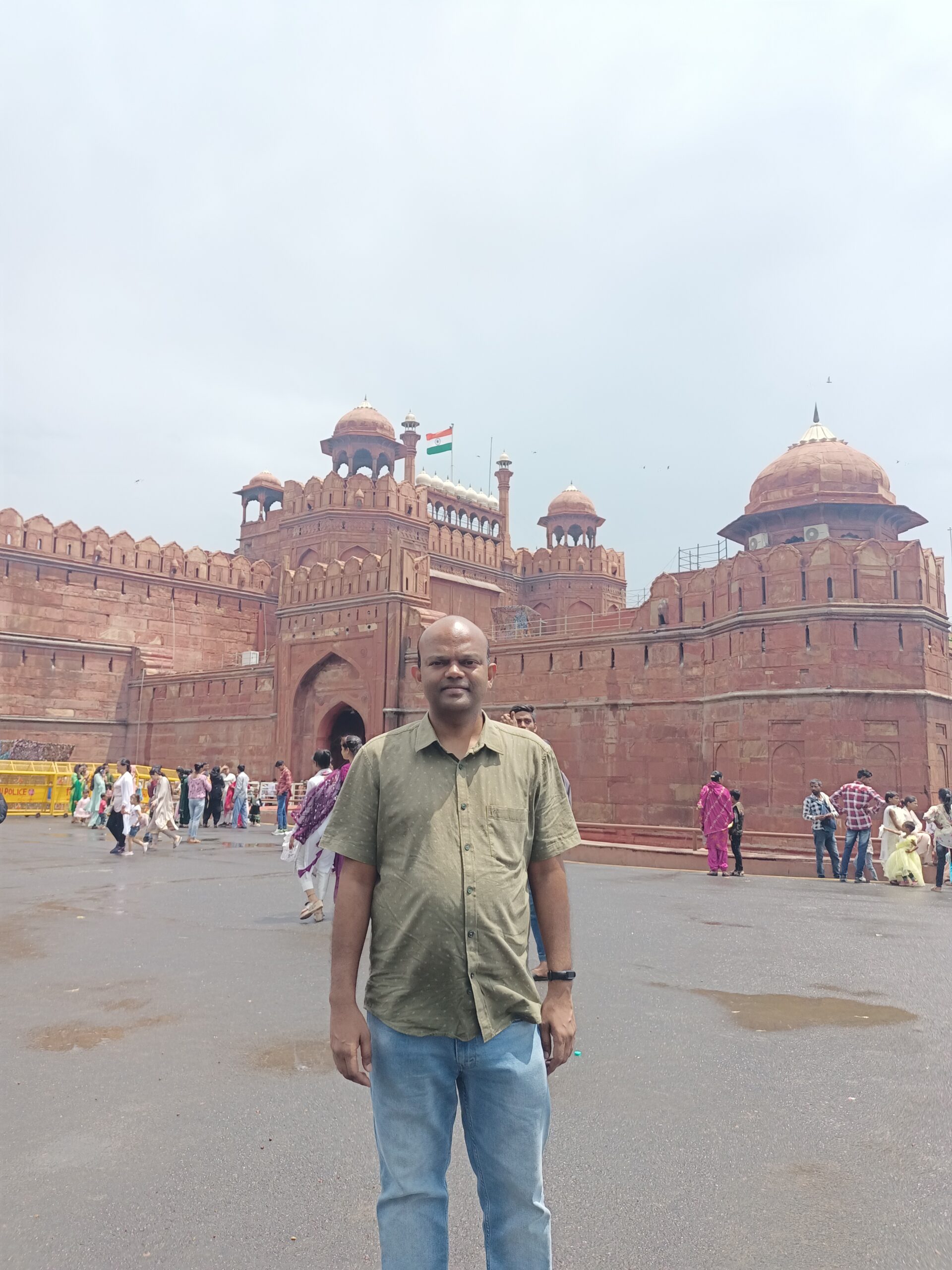
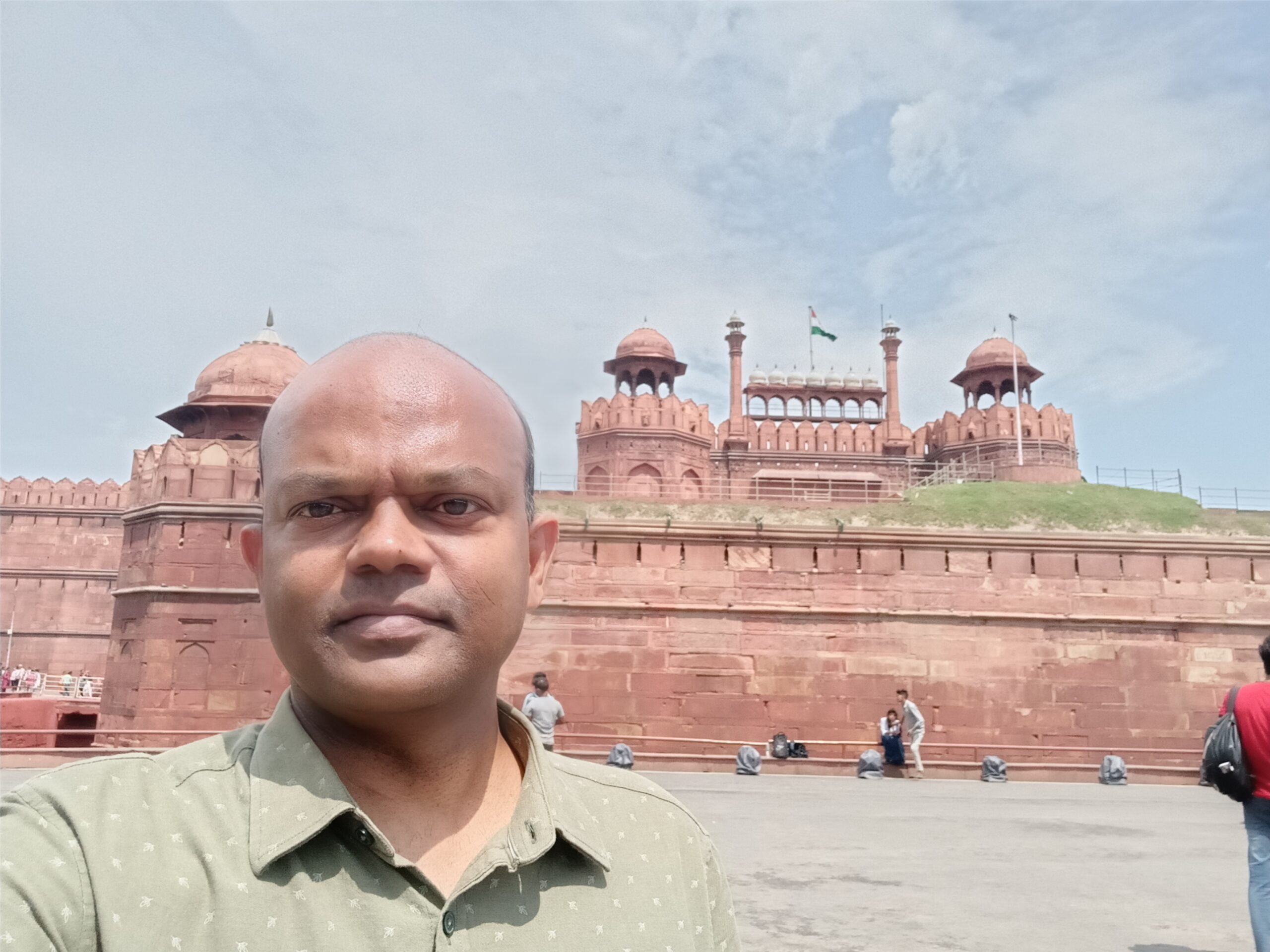
Jantar Mantar: It was constructed in the year 1724 CE by Maharaja Jai Singh of Jaipur. He had found the existing astronomical instruments were too small to take correct measurements and hence built these larger and more accurate instruments. The visitors are not allowed to go in the instruments and supposed to see from outside.
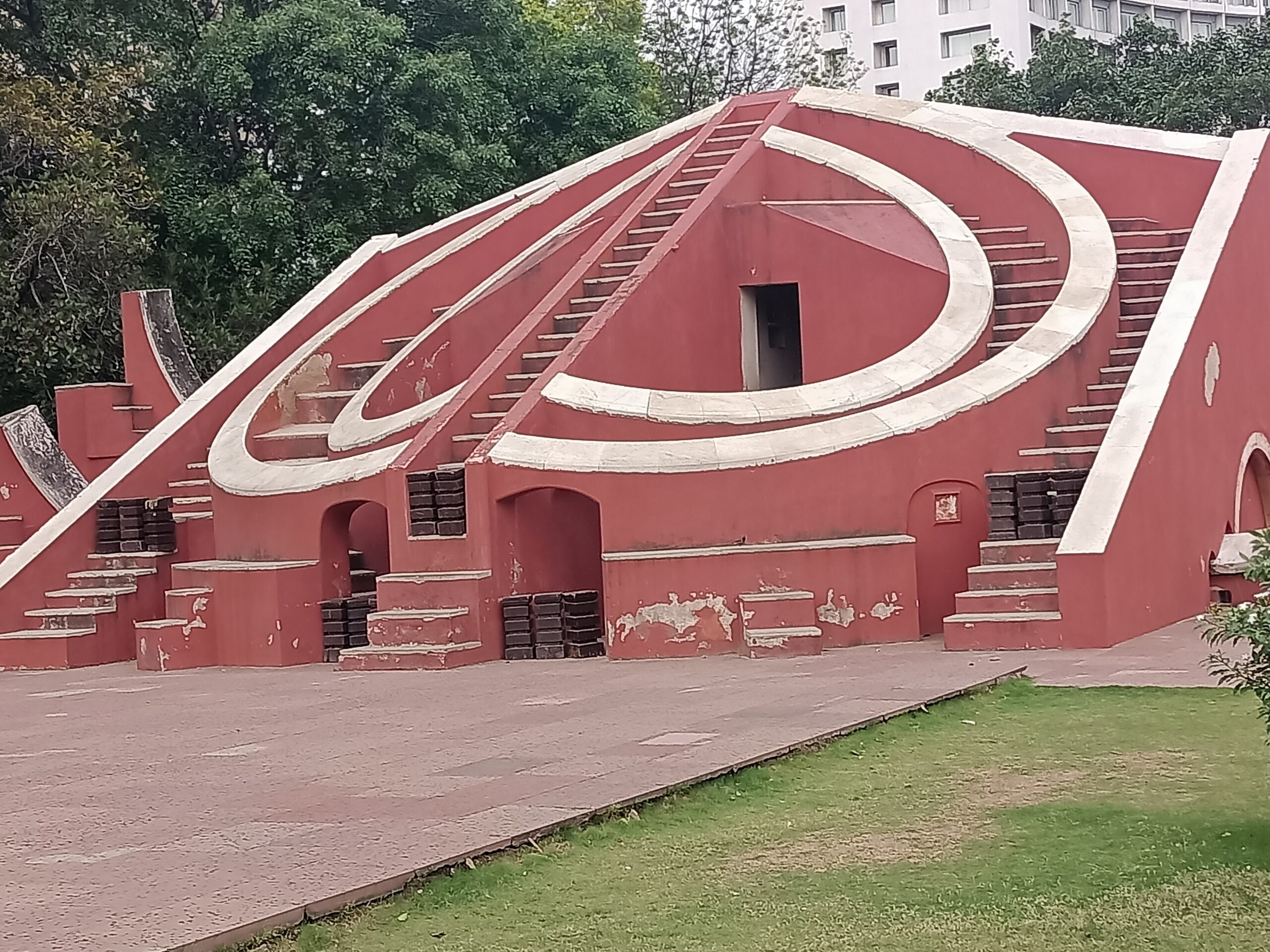
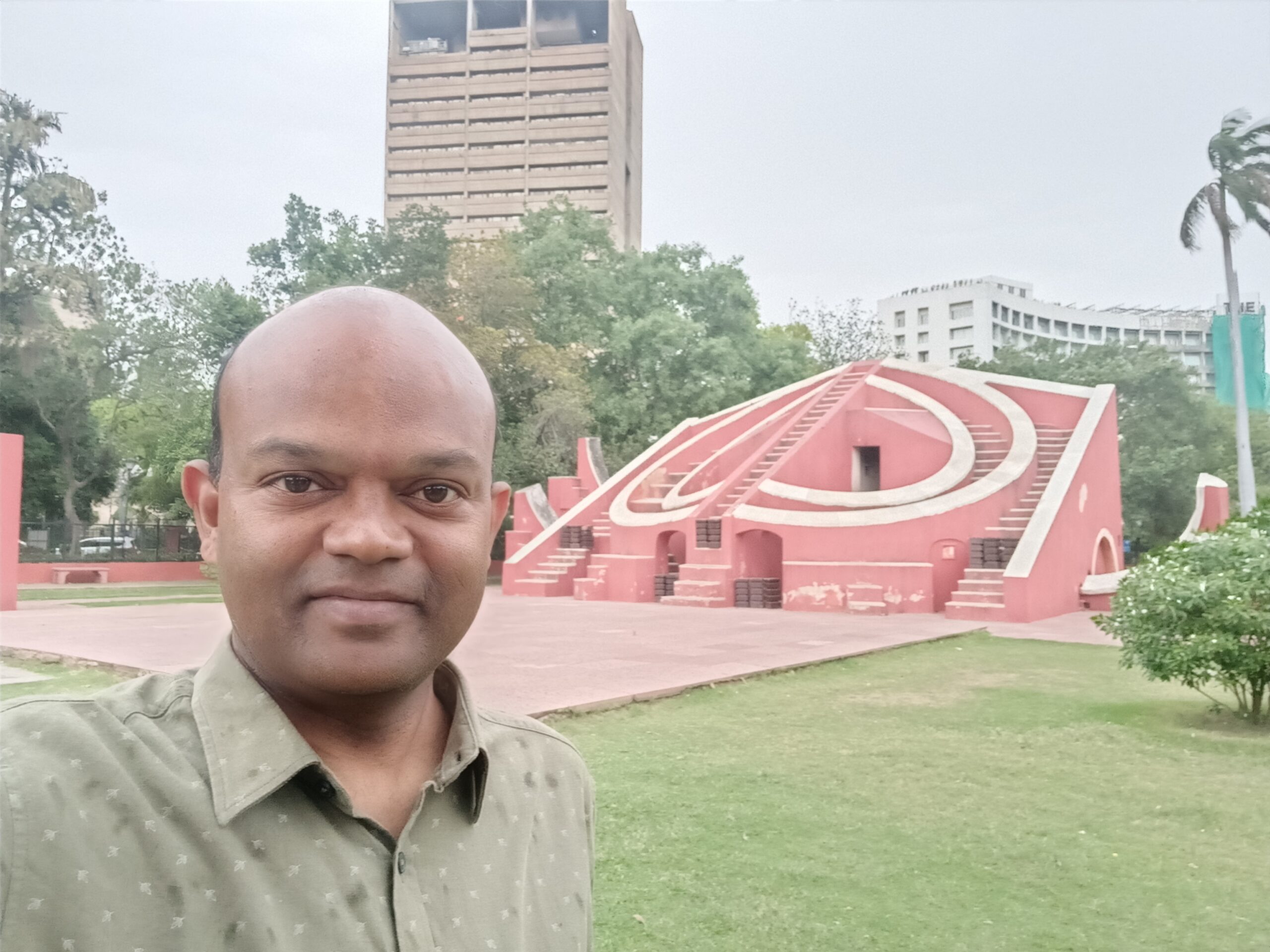
Raj Ghat: Raj Ghat is the memorial of Mahatma Gandhi on the banks of river Yamuna. It is a 12 ft by 12 ft square platform made of black marble and represents the place where Gandhi’s last rites were performed after his assassination on 31st January 1948. His last word Hey Ram is inscribed on the platform. There is also an eternal flame on top of the platform. It is surrounded by lush greenery and fountains. Near by this complex are also the memorial of Nehru, Indira Gandhi, etc . It is open from 6.30 am to 6pm daily and is visited by quite a few world leaders.
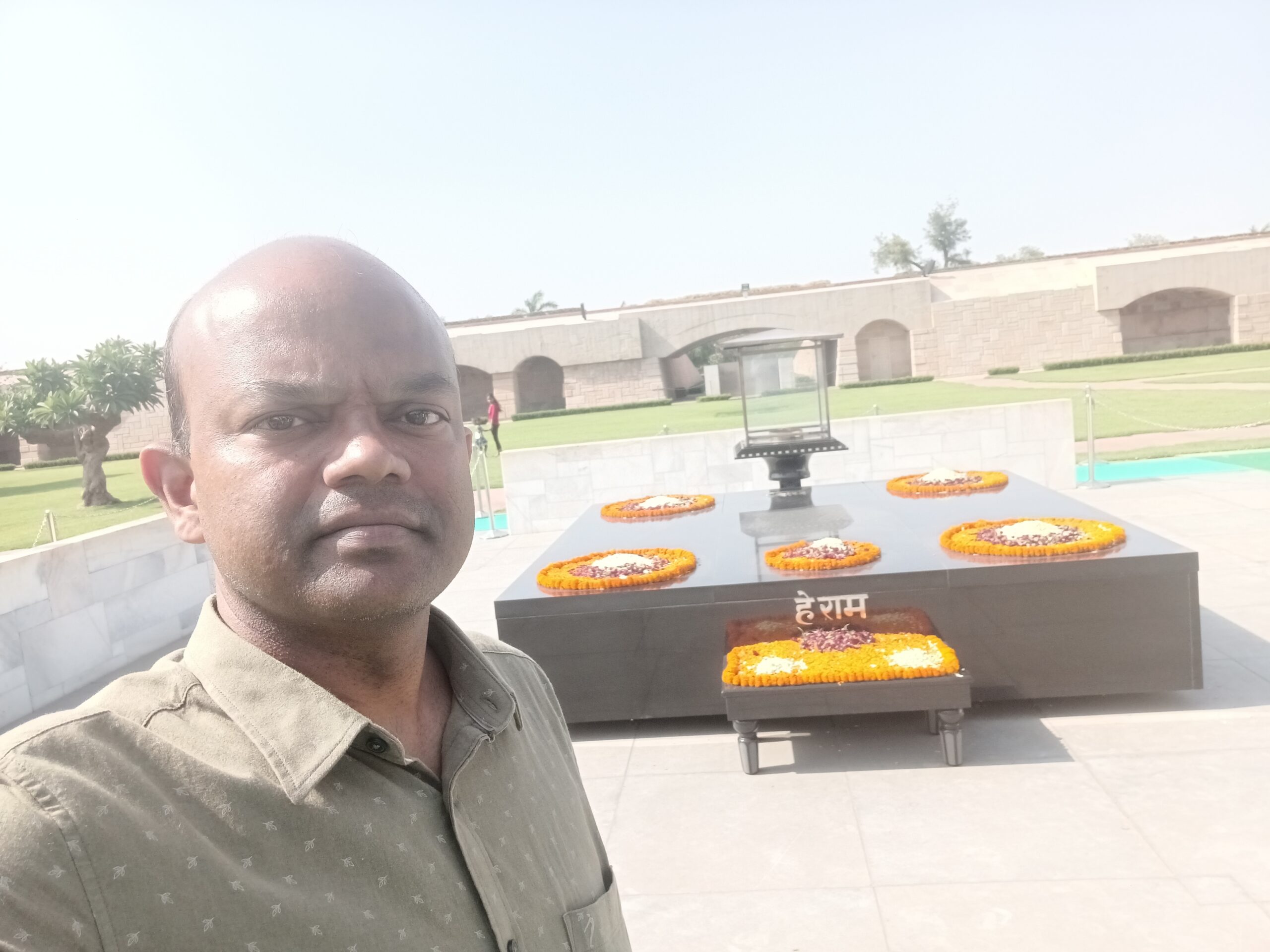
Akshardham: Swaminarayan Akshardham temple epitomizes years of Indian culture in all its grandeur, beauty and wisdom. It brilliantly showcases the essence of India’s ancient architecture, traditions and timeless spiritual messages. The complex was built in five years by Bochasanwasi Shri Akshar Purushottam Swaminarayan Sanstha (BAPS) and the devotional efforts of 11,000 artisans and thousands of BAPS volunteers. The complex was inaugurated on 6 November, 2005. It is open from 9.30 am to 6.30 pm from Tuesday to Sunday and closed on Mondays.